Tags: Night sky

Cosmic Couple: Moon, Jupiter To Kiss in Night Sky of Valentine's Day

Mesmerizing Footage Captures Fiery Demise of Over 3-Feet Asteroid Racing Across the Night Sky

Ancient Star Map: 3,000-Year-Old Stone Disk From Italy Could Be Representation of Night Sky Used As Guide in Agriculture

Moon's Da Vinci Glow: Here's When and How To Watch It This Week
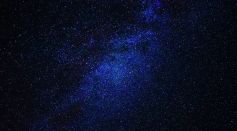
Lost Stars? Three Stellar Bodies That Disappeared From the Sky 70 Years Ago Still Haven't Been Found

Hunter's Moon: How to Catch a Glimpse of This Celestial Delight in the Sky This Week?

Orionid Meteor Shower Peak and More: Here's What To Look Expect in the Night Sky This Week
Facing Noctalgia: The Pain of Losing the Night Sky to Light Pollution
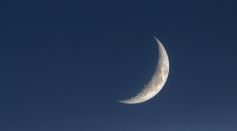
Crescent Moon, Earthshine, and More: Here's What To Look Forward to in the Night Sky This Week
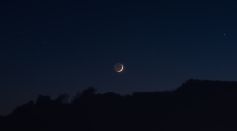
From the Start of Perseids Meteor Shower to Views of the Crescent Moon Close to Different Planets: Here Are Some Night Sky Events This Week

Night Sky Events for July 10-16, 2023; Venus, Mercury, Manhattanhenge, and More

Vibrant Green Aurora-Like Streaks of Light Illuminating the Night Sky Could Become More Common as the Sun’s Activity Continues to Ramp Up
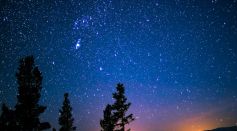
Star Parties Help Amateur Astronomers Observe Light-Polluted Skies; What Exactly Are These Events?
Summer Solstice 2023: Venus, Mars, Crescent Moon Will Appear in the Night Sky This Week
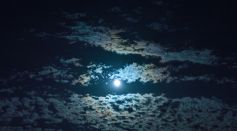
Earth's Noctilucent Clouds Return; Here's How To Spot the Driest, Coldest, Rarest, Highest Clouds on the Planet
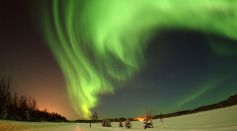
Northern Lights' Surprise: Strange Spiral Appears in the Alaska Night Sky Amid Auroras; What Caused This Odd Glow?
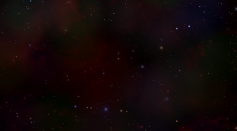
Bizarre UFO-like Red Light Halo Appears in the Night Sky in Italy; What Is This Mysterious Disk?

From Mercury's Peak to Lyrid Meteor Shower: Here's What You Should Add to Your Sky Viewing Watchlist This April 2023
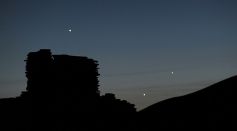
Jupiter-Venus Conjunction Set To Happen Tonight; Here's How To Spot These Two Planets Together

Light Pollution Makes Night Sky 10% Brighter Each Year; How Does ALAN Worsen This Problem?
Most Popular

Ancient Hotspot Found to Have Created Great Lakes 300 Million Years Ago

Mysterious Structures Discovered Beneath the Pacific Ocean, Puzzle Scientists

Health Benefits of Drinking Hot Chocolate

Largest Known Volcanic Aquifer Discovered Beneath Oregon's Cascades





